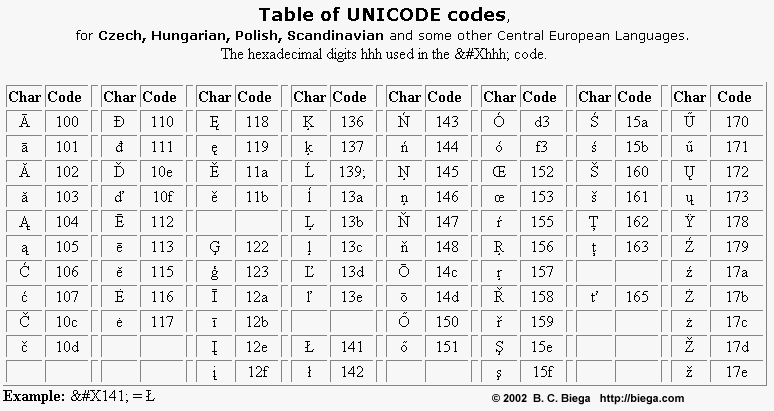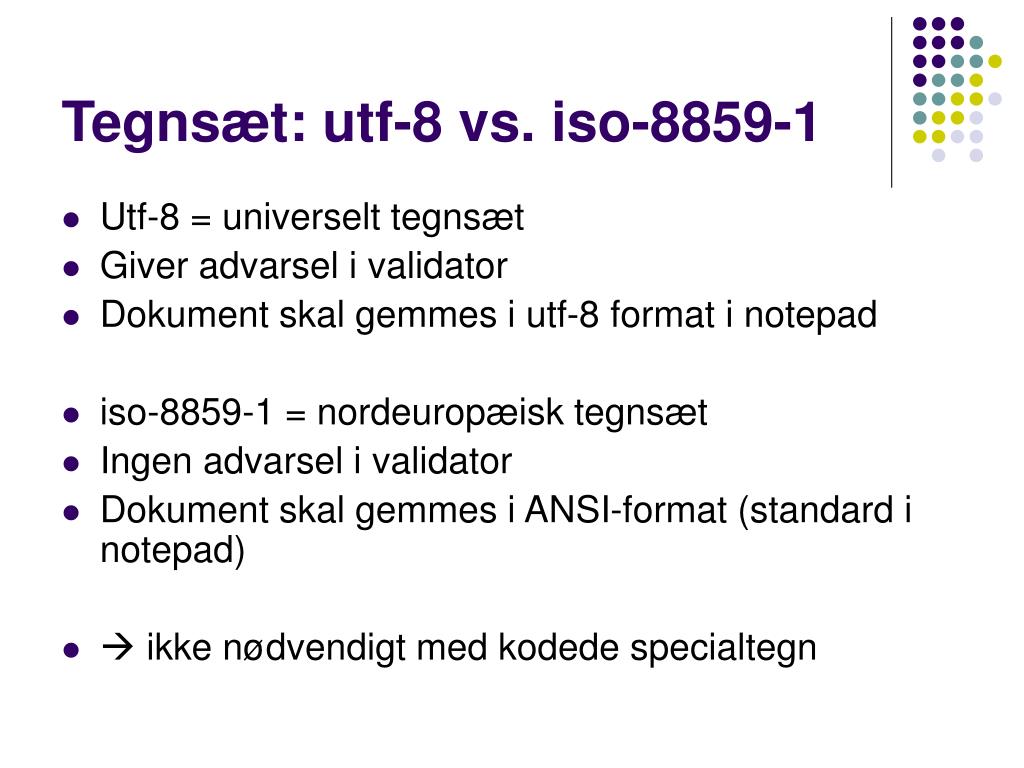

Some of this depends on your Windows Clipboard character handling.

Iso 8859 1 to utf 8 converter code#
A 100% precision is not always achieved - in a conversion from a codepage to another code page, some characters may be lost, like the Bulgarian quotes or rarely some single letters.The analyzed and converted text is limited to 100 KiB.There is no claim that every text is recoverable, even if you are certain that the text is in Cyrillic.Ask them to resend the text, eventually as an ordinary text file or in LibreOffice/OpenOffice/MSOffice format. If your text contains question marks "?", the problem is with the sender and no recovery will be possible.If the text is not totally converted, try all other variants in Cyrillic from the select-listbox.By pressing the button OK you will have the correct text converted. If the translation isn't successful (still the text is not in Cyrillic but in the same or other unintelligible characters), you can choose from the newly created select-listbox the variant that is in Cyrillic (if there are more than one, select the longest).If the translation is successful, you will see the text in Cyrillic characters and will be able to copy it and save it if it's important.The program will try to decode the text and will print the result below.The first few words will be analyzed so they should be (scrambled) in supposed Cyrillic. Paste the text to decode in the big text area.This program will try to guess the encoding, and if it does not, it will show samples, examples of all encoding-combinations, so as you will be able to select the good one. You may find this site useful, if you have recieved some texts that you believe are written in the Cyrillic alphabet, but instead are displayed in some strange combination of bizarre characters. or write custom functions you can use (invoice available). The resulting text will be displayed here.įor a small fee I can help you quickly recode/recover large pieces of data - texts, databases, websites. Hope that is illuminating.Place here the text to be decoded (max : 100 kB) : Of course, all of this changes in Python 3.x. One must decode a str to unicode before converting to another encoding.the print command has its own logic for encoding, set to and defaulting to UTF-8.

a type unicode is a set of bytes that can be converted to any number of encodings, most commonly UTF-8 and latin-1 (iso8859-1).a type str is a set of bytes, which may have one of a number of encodings such as Latin-1, UTF-8, and UTF-16.So perhaps one could draw the following principles and generalizations: One would get around these by converting from the specific encoding (latin-1, utf8, utf16) to unicode e.g. UnicodeDecodeError: 'ascii' codec can't decode byte 0xc4 in position 0: UnicodeDecodeError: 'ascii' codec can't decode byte 0xff in position 0: UnicodeDecodeError: 'ascii' codec can't decode byte 0xc3 in position 0: Unicode Exceptions > u8.encode('iso8859-1') True # all decode to the same unicode memory representation > print u8.decode('utf-8') # printing unicodeįalse # v is a iso8859-1 string u8 is a utf-8 string Äpple # printing utf-8 - because of the encoding we now know Relationship between unicode and UTF and latin1 > print u8 '\xc3\x84pple' # convert iso-8859-1 to unicode to utf-8 True # one can decode the string to get unicodeįalse # the native character and the escaped string are True # the native unicode char and escaped versions are the sameįalse # the native unicode char is '\xc3\x84' in latin1 True # one could have just used a unicode representationĪ little more illustration - with “Ä” > u"Ä" = u"\xc4" Äpple # convert unicode to the default character set U'\xc4pple' # decoding iso-8859-1 becomes unicode, in memory # note that '\xc4' has no representation in iso-8859-1,ĭecoding a iso8859-1 string - convert plain string to unicode > uv = v.decode("iso-8859-1") ?pple # map the iso-8859-1 in-memory to iso-8859-1 chars those without u prefix like u'\xc4pple'), one must decode from the native encoding ( iso8859-1/ latin1, unless modified with the enigmatic sys.setdefaultencoding function) to unicode, then encode to a character set that can display the characters you wish, in this case I'd recommend UTF-8.įirst, here is a handy utility function that'll help illuminate the patterns of Python 2.7 string and unicode: > def tell_me_about(s): return (type(s), s)Ī plain string > v = "\xC4pple" # iso-8859-1 aka latin1 encoded string

This is a common problem, so here's a relatively thorough illustration.įor non-unicode strings (i.e.


 0 kommentar(er)
0 kommentar(er)
